

Best Companion Planting Techniques for Vegetable Gardens 2024
Introduction
Companion planting is gaining traction among vegetable gardeners in 2024. This technique pairs plants to promote growth and deter pests. By choosing the right combinations, you can enhance yields and create a thriving garden ecosystem. If you’re new to gardening, consider picking up a copy of Vegetable Gardening for Dummies to kickstart your journey!
Summary and Overview
Companion planting involves growing different plants together to benefit each other. This practice has historical roots, as ancient cultures recognized the advantages of certain plant pairings. Today, gardeners apply these techniques to improve pest control, boost soil health, and enhance flavors. For example, marigolds can repel harmful pests, while legumes enrich the soil with nitrogen. This article aims to highlight the best companion planting techniques for 2024. Expect to discover popular plant combinations and practical tips for success in your vegetable garden.
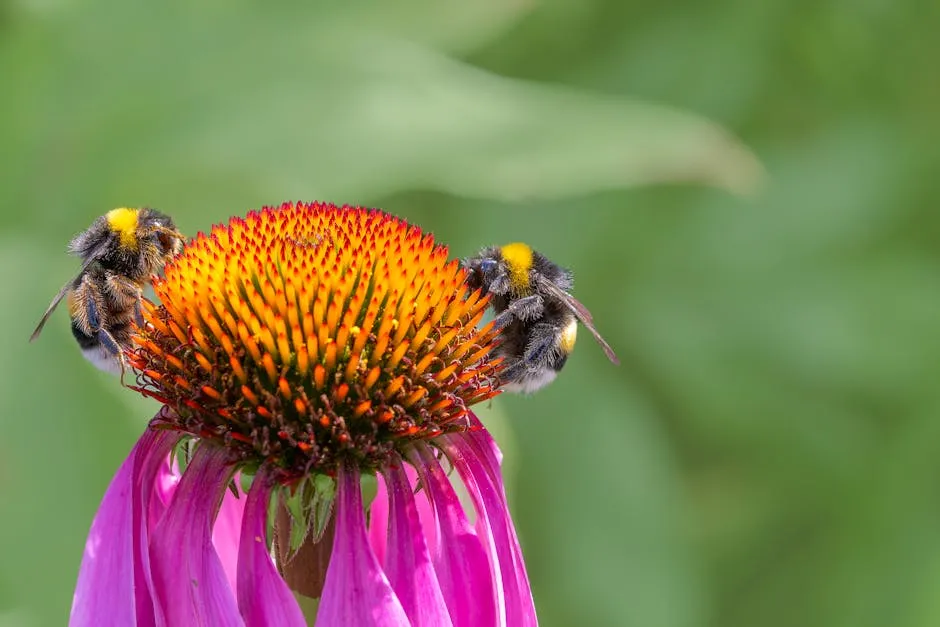
Before diving in, make sure you have the right tools! A good Garden Hand Tools Set can make all the difference in your gardening experience, ensuring you have everything you need right at your fingertips!
What is Companion Planting?
Definition of Companion Planting
Companion planting refers to the practice of growing different plants in proximity for mutual benefits. Certain plants can enhance each other’s growth, help with pest control, and even improve the flavor of fruits and vegetables. This method relies on the natural interactions between plant species, including beneficial pest repellent properties and nutrient sharing.
Historical Context
The origins of companion planting date back centuries, with methods like the “Three Sisters” used by Native Americans. This traditional technique combines corn, beans, and squash to create a symbiotic relationship. The corn provides support for the climbing beans, while the beans fix nitrogen in the soil, benefiting all three plants. Today, these age-old practices inspire modern gardeners to achieve healthier, more productive vegetable gardens. If you’re looking for a comprehensive approach to gardening, check out The Garden Primer!

Importance in Modern Gardening
Companion planting is crucial in sustainable agriculture and organic gardening. This method promotes biodiversity and reduces chemical inputs. As gardeners aim for eco-friendly practices, companion planting offers a natural solution. It enhances soil health and minimizes pest issues without harmful pesticides. By integrating diverse plant species, we create resilient ecosystems that support each other. This approach not only nourishes the soil but also fosters a balanced garden environment. Embracing companion planting can lead to healthier crops and a thriving garden.
And if you want to dive deeper into the world of companion planting, consider picking up a guide like Companion Planting for Beginners to get the basics down pat!

Benefits of Companion Planting
Pest Control
Companion planting serves as a natural pest deterrent. Certain plants can repel unwanted insects. For example, marigolds are known for keeping aphids and nematodes at bay. Similarly, basil can deter flies and mosquitoes, creating a healthier environment for nearby crops. Additionally, planting flowers that attract beneficial insects, like ladybugs and lacewings, enhances natural pest control. These insects prey on harmful pests, making your garden less reliant on chemical pesticides. To help with pest control, consider using an effective Pest Control Spray (Organic) to keep those pesky bugs at bay!
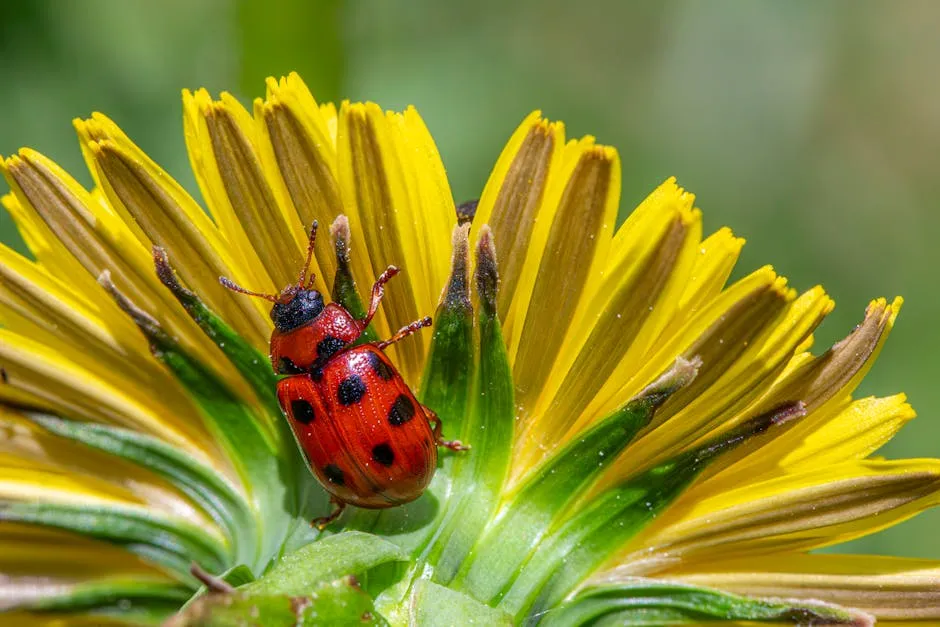
Soil Health
Legumes play a vital role in improving soil quality. They have a unique ability to fix nitrogen in the soil, enriching it for nearby plants. For instance, planting beans alongside corn can significantly boost nitrogen levels. This nutrient cycle benefits all plants in the vicinity, promoting robust growth and development. Healthier soil leads to stronger plants that are more resilient to diseases and pests. To learn more about methods to improve soil health, check out our article on composting basics for improving soil health.

Understanding soil health is essential for any gardener. Read more about it in our guide on composting basics for improving soil health.
Increased Yields
Studies have shown that companion planting can boost crop yields by up to 25%. Research indicates that specific combinations, like tomatoes and basil, not only improve flavor but also enhance overall productivity. By leveraging the natural benefits of plant pairings, gardeners can maximize the efficiency of their gardens. This strategy not only saves space but also ensures a more abundant harvest. If you’re looking to grow some delicious tomatoes, check out these Organic Tomato Seeds!

Biodiversity and Ecosystem Balance
A diverse garden promotes a balanced ecosystem. When different plant species coexist, they create a complex web of interactions that benefits the entire environment. Diverse plantings attract various pollinators, which enhance fruit set and yield. This biodiversity fosters a healthier garden, reducing the risk of disease and pest outbreaks. By incorporating a mix of plants, gardeners can cultivate a thriving ecosystem that supports all forms of life. Consider adding some Marigold Seeds to your garden for added beauty and pest protection!
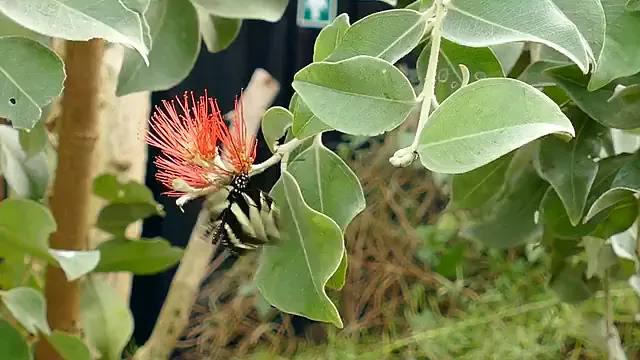
Popular Companion Planting Combinations
The Three Sisters Method
The Three Sisters method is a time-honored technique that combines corn, beans, and squash. Corn provides a tall structure for beans to climb, while beans fix nitrogen in the soil. Squash, with its broad leaves, shades the ground, reducing weeds and conserving moisture. This trio works harmoniously to support each other. Together, they create a sustainable planting system that maximizes space and resources. Gardeners who employ this method often find robust yields and healthier plants. It’s a perfect example of how companion planting can enhance overall garden productivity.
Vegetable Pairings
Companion planting pairs various vegetables for mutual benefits. Here are some popular combinations you should consider:
- Tomatoes and Basil: Basil enhances tomato flavor and wards off pests.
- Carrots and Onions: Onions keep carrot flies away, while carrots help loosen the soil for onions.
- Cucumbers and Marigolds: Marigolds repel aphids, benefiting cucumbers.
- Peppers and Garlic: Garlic deters pests, protecting nearby pepper plants.
These combinations create healthier plants and improved yields. Each pairing supports the others, making your garden thrive. If you’re looking to grow cucumbers, consider getting some Organic Cucumber Seeds for your garden!
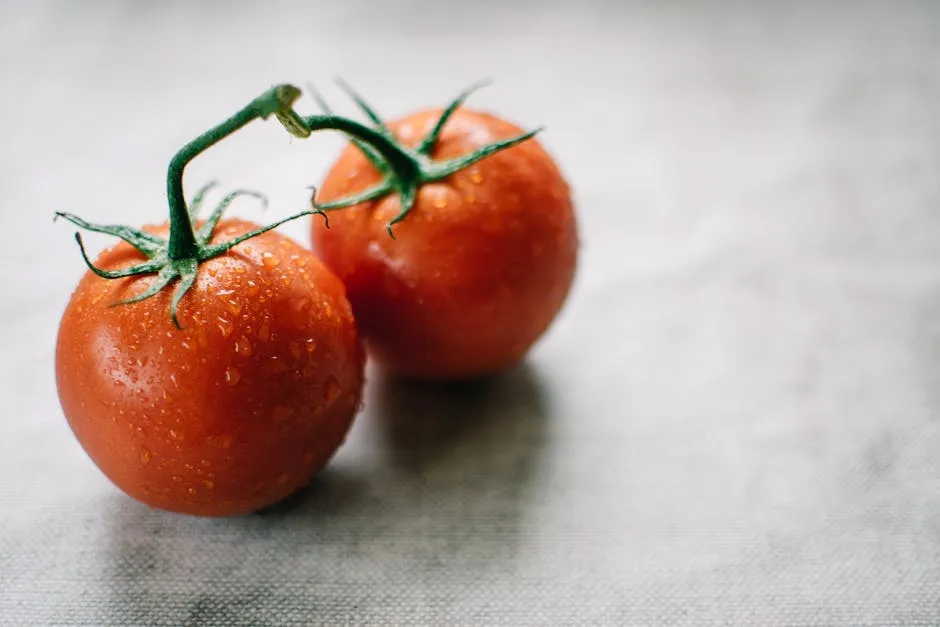
Herbs and Their Companions
Herbs can significantly enhance vegetable growth. For instance:
- Dill: Attracts beneficial insects like ladybugs while repelling pests from tomatoes.
- Cilantro: Deters aphids and improves the overall health of nearby plants.
- Mint: Repels pests and attracts pollinators, boosting vegetable production.
Integrating these herbs with vegetables can lead to a flourishing garden. They not only enhance flavors but also create a balanced ecosystem. If you’re interested in growing herbs, consider investing in an Indoor Herb Garden Starter Kit to get started indoors!

How to Plan Your Companion Planting Garden
Planning your companion planting garden involves thoughtful considerations to maximize its potential.
Assess Your Space
Start by evaluating your garden space. Consider factors like sunlight exposure, soil type, and moisture levels. Different plants have unique requirements. For example, leafy greens thrive in partial shade, while tomatoes need full sun. Knowing your space helps you make informed decisions about plant placement.

Create a Companion Planting Chart
Develop a companion planting chart to keep track of compatible and incompatible plants. List the plants you want to grow and indicate which ones work well together. This visual reference simplifies planning and reduces potential mistakes. It’s a handy tool for both beginners and seasoned gardeners. To help with your planning, consider using a Gardening Journal to keep track of your progress!
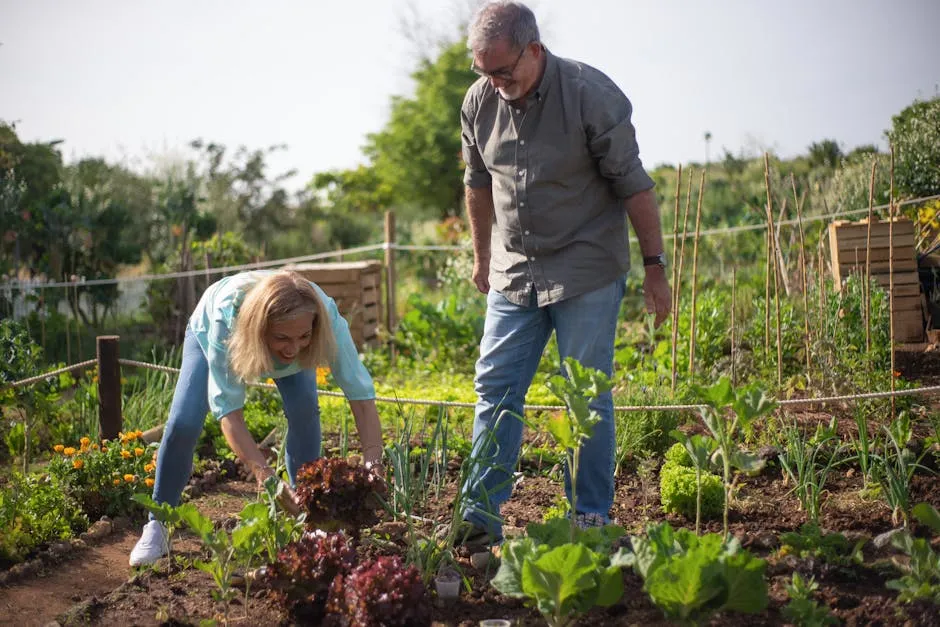
Timing and Succession Planting
Pay attention to planting times. Different vegetables have varying growth rates. Stagger planting times for crops like lettuce or beans to ensure a continuous harvest. This technique, known as succession planting, maximizes your garden’s productivity throughout the growing season.
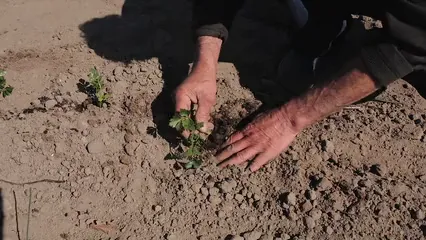
Vertical Gardening Techniques
Utilize vertical gardening techniques to make the most of limited space. Install trellises for climbing plants like cucumbers or beans. This not only saves ground space but also improves air circulation and sunlight exposure. Consider using containers for herbs or smaller plants, allowing you to create a diverse planting arrangement. If you want to take it a step further, check out a Vertical Garden Planter for your space!
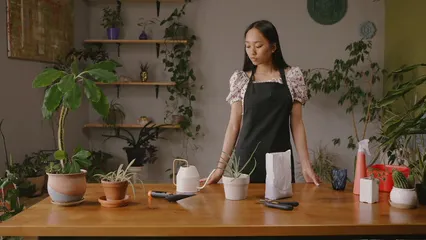
By planning carefully, you can create a thriving companion planting garden that yields abundant vegetables and herbs. Happy gardening!
Common Mistakes to Avoid in Companion Planting
Overcrowding Plants
Spacing is crucial in companion planting. When plants are too close, they compete for sunlight, water, and nutrients. This competition can stunt their growth. It’s vital to follow recommended spacing guidelines for each species. For instance, tomatoes need space to spread their leaves. If crowded, they may produce fewer fruits. Always consider each plant’s mature size to prevent overcrowding in your garden.

Ignoring Height Differences
Understanding plant heights is essential for successful gardening. Taller plants can overshadow shorter ones, blocking sunlight. For example, if you plant sunflowers next to lettuce, the lettuce may struggle. This can lead to poor growth and lower yields. Arrange your garden so that taller plants provide shade for those that prefer it. This thoughtful layout ensures all plants receive adequate light.
Plant Incompatibilities
Not all plants get along. Some combinations can hinder growth or attract pests. For instance, planting garlic near beans can stunt their growth. Similarly, tomatoes and corn can compete for nutrients, leading to poor results. Research plant pairings before planting. Knowing which plants to avoid will save you time and frustration in the long run. Keep a list of compatible and incompatible plants handy for reference.
Advanced Companion Planting Techniques
Intercropping and Polyculture
Intercropping involves planting different species in the same area. This method promotes diversity and can lead to higher yields. For instance, growing corn with beans allows the beans to climb the corn stalks while enriching the soil with nitrogen. This synergy not only maximizes space but also enhances nutrient availability. Polyculture, or planting multiple crops, creates a balanced ecosystem. This approach reduces pest pressures and improves resilience against diseases.
Trap Crops
Trap crops are a clever way to protect main crops from pests. These are plants that attract harmful insects away from your valuable vegetables. For example, planting radishes near your cucumbers can lure pests like aphids. By drawing them away, your main crops can thrive. Additionally, once the trap crops are infested, you can easily remove them, reducing pest populations in your garden.
Utilizing Beneficial Insects
Some plants attract beneficial insects that assist in pest control. For instance, planting dill can attract ladybugs, which feed on aphids. Similarly, flowers like yarrow and cosmos bring in pollinators, enhancing fruit set. Incorporating plants such as lavender and marigolds not only beautifies your garden but also invites these helpful insects. A diverse array of plants can lead to a thriving ecosystem, boosting your garden’s overall health and productivity.
Companion Planting in Urban Gardens
Maximizing Limited Spaces
Urban gardening often presents unique challenges. Limited space can make it tough to grow a variety of plants. However, techniques like container gardening and vertical gardening can help you maximize your area.
Start with containers. They allow you to grow vegetables on balconies, patios, or even windowsills. Choose plants like herbs, salad greens, or dwarf varieties of tomatoes. These options thrive in smaller spaces. Use high-quality Potting Soil Mix for optimal growth.
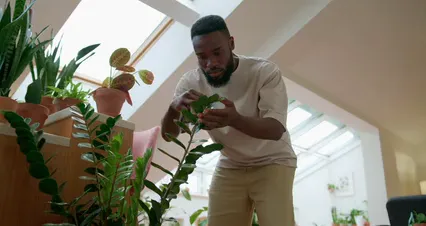
Vertical gardening is another fantastic option. Install trellises for climbing plants like cucumbers or beans. This technique saves ground space and allows for better air circulation. You can also hang planters to utilize vertical space. Mixing herbs with vegetables in these setups can create a vibrant and productive garden.
Community Gardening
Community gardens offer a great way to implement companion planting techniques. In these shared spaces, gardeners can collaborate and share knowledge. By planting compatible plants together, everyone benefits from healthier crops.
For instance, using the “Three Sisters” method—corn, beans, and squash—can enhance yields for all. Corn provides support for climbing beans, while beans fix nitrogen in the soil. Squash’s broad leaves help shade the ground, reducing weeds.
Additionally, communicating with fellow gardeners is essential. Discuss plant pairings and avoid planting incompatible species next to each other. This way, everyone can enjoy a thriving garden ecosystem, and share the joys of gardening together.
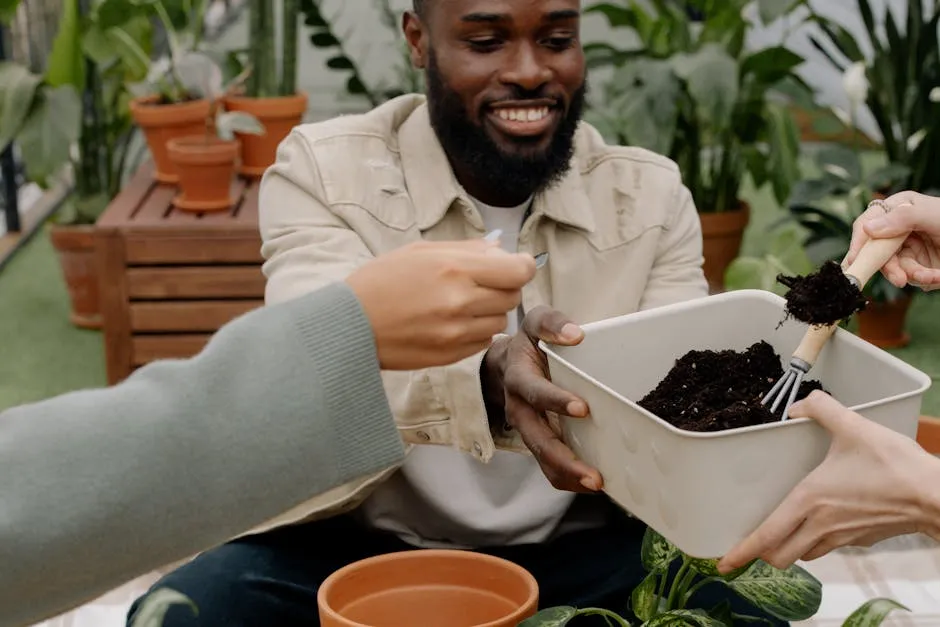
Conclusion
Companion planting can transform your gardening experience. By pairing plants wisely, you can achieve healthier growth and better yields. Experiment with different combinations in your own garden. Share your experiences in the comments below! Embrace the art of companion planting for a fruitful and enjoyable gardening journey. And don’t forget to check out a Compost Bin to enrich your soil!
Please let us know what you think about our content by leaving a comment down below!
Thank you for reading till here 🙂
All images from Pexels



